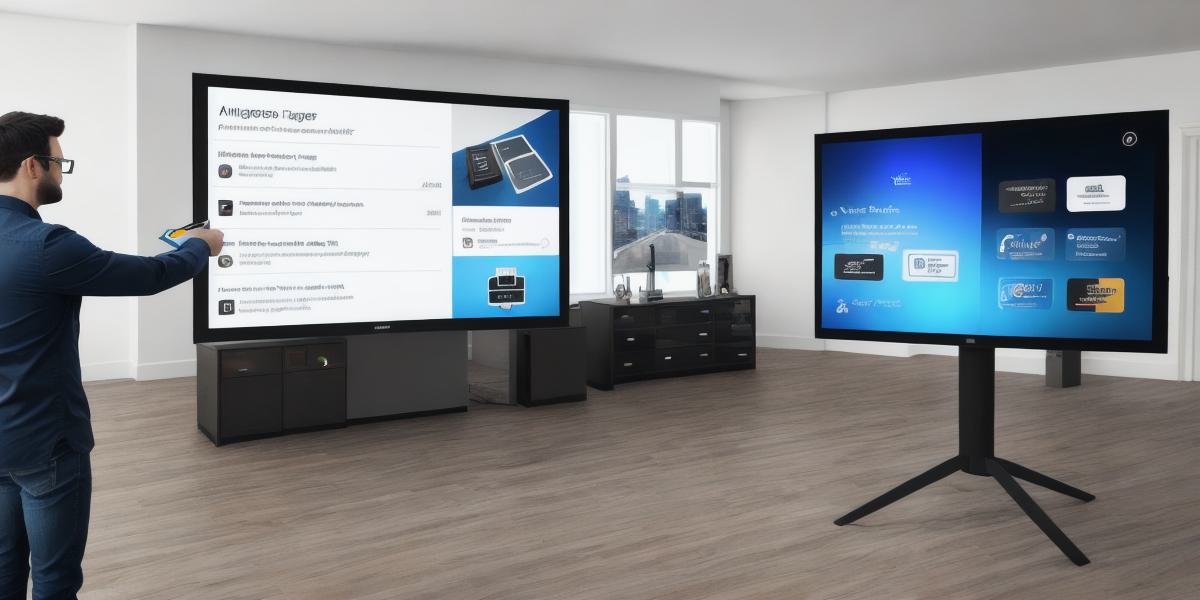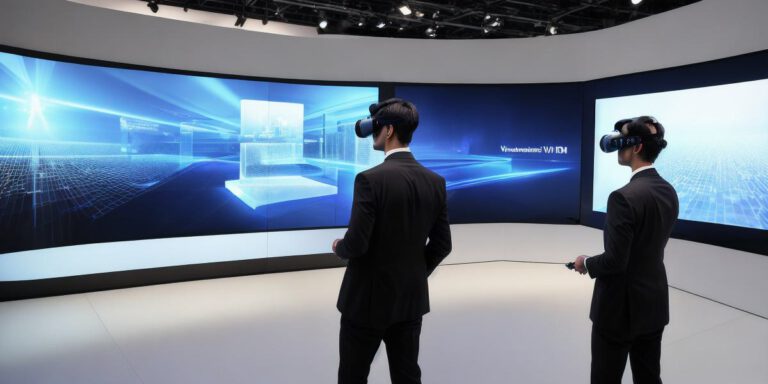AR Interactive Demos: How Augmented Reality is Engaging Customers and Driving Sales

Augmented reality (AR) technology has been rapidly gaining popularity in recent years, with many businesses looking for ways to incorporate it into their marketing strategies. One of the most effective ways to use AR is through interactive demos that engage customers and drive sales.
AR-powered interactive demos allow customers to experience products in a more immersive way, giving them a better understanding of how they work and what benefits they offer. This not only helps customers make more informed purchasing decisions but also increases brand engagement and loyalty.
One great example of the effectiveness of AR-powered interactive demos is IKEA’s "Place" app. The app allows users to see how furniture would look in their homes before making a purchase, using AR technology to place virtual items in real-world spaces. This has been incredibly successful for IKEA, with over 100 million downloads and a reported increase in sales of up to 30%.
Another example is the makeup brand Sephora’s "Virtual Artist" tool. The tool uses AR to superimpose virtual makeup products on the user’s face, allowing them to see how different products would look on their skin before making a purchase. This has been incredibly successful for Sephora, with over 10 million downloads and a reported increase in sales of up to 60%.
The benefits of AR-powered interactive demos are clear: they engage customers, drive sales, and increase brand loyalty. But how do they work? And what can businesses do to incorporate them into their marketing strategies effectively?
One key factor is to keep the experience simple and intuitive. Customers should be able to navigate the demo easily and understand how it works without needing extensive instructions or tutorials. Additionally, the demo should offer clear and concise information about the product being showcased, including its features, benefits, and price.
Another important aspect is to make the demo interactive and engaging. This can be done through gamification elements, quizzes, or other interactive tools that allow customers to explore the product in a more hands-on way.
Finally, it’s important to measure the success of the AR-powered interactive demo and make adjustments as needed. This can be done through analytics tools that track customer engagement and sales, allowing businesses to see what is working and what needs improvement.
In conclusion, AR-powered interactive demos are a highly effective way to engage customers and drive sales. By keeping the experience simple, making it interactive and engaging, and measuring success effectively, businesses can leverage AR technology to create powerful marketing campaigns that resonate with their target audiences.








